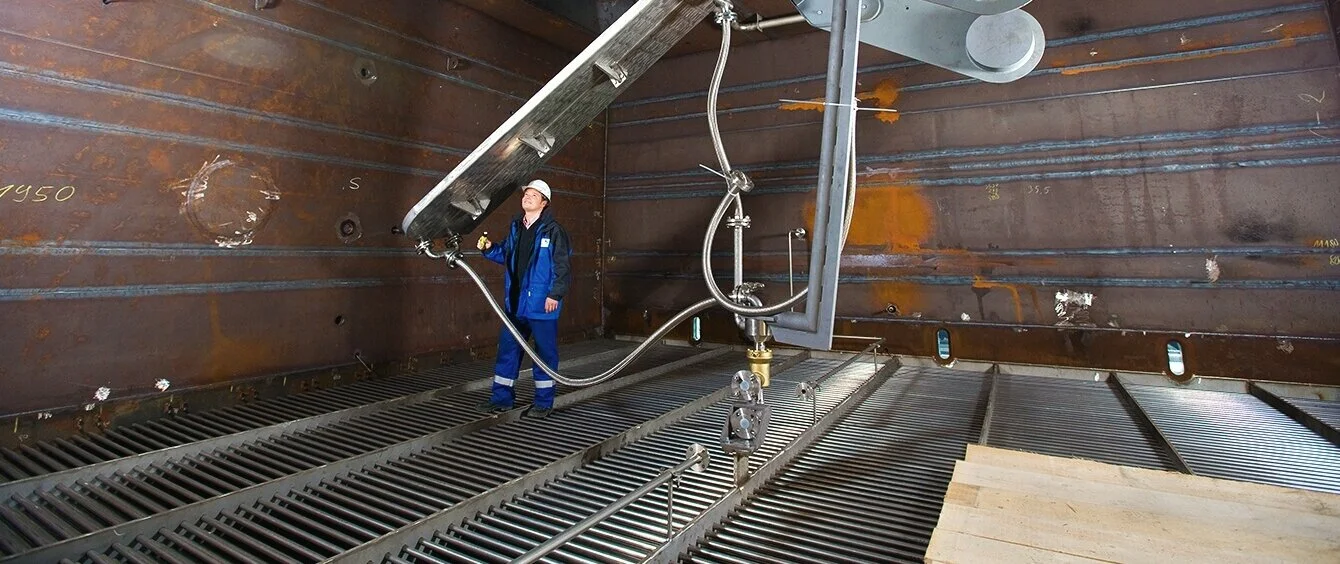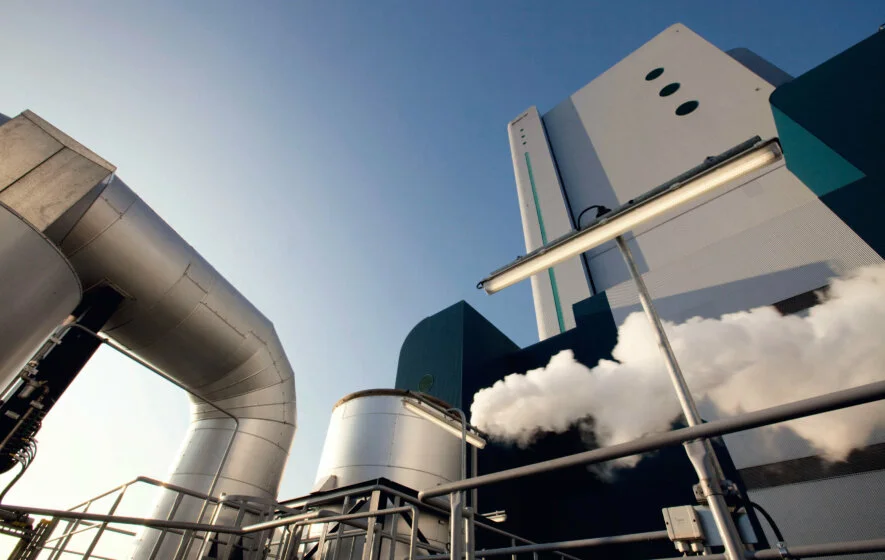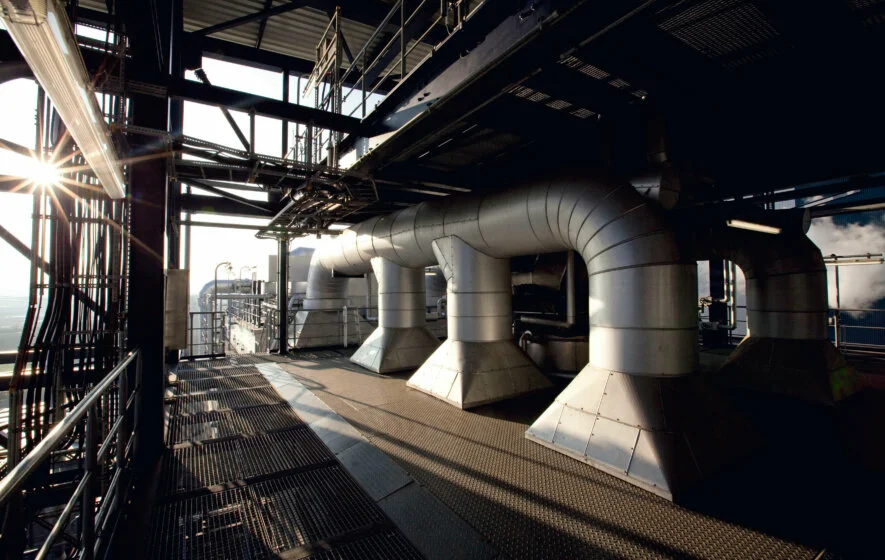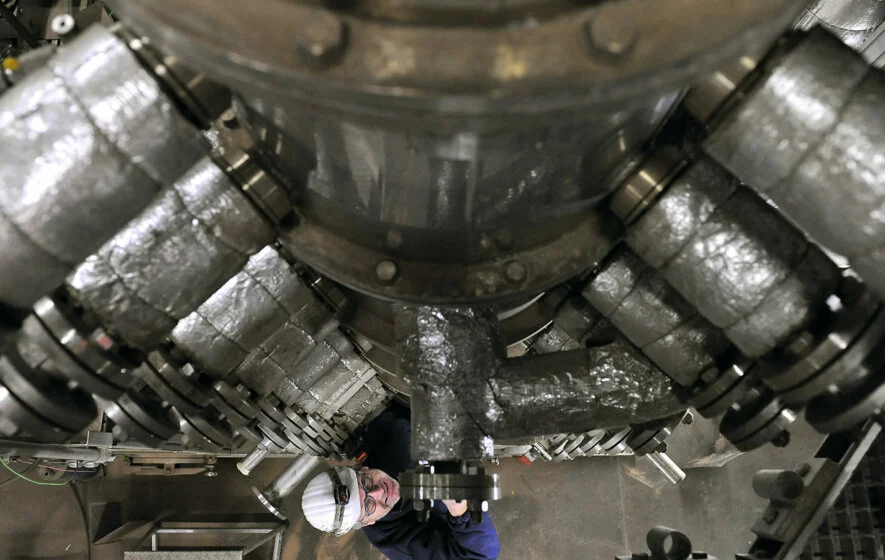How does CO2 scrubbing work? How can carbon dioxide be turned into a valuable raw material? RWE is working on answering questions like these at the Coal Innovation Centre, located at the Niederaussem power plant site.
“The region does the research and the whole world benefits from it.” This idea is RWE’s motivation at the Coal Innovation Centre in Niederaussem. The Centre aims to open up future perspectives for coal as a source of energy via technological innovation. The goal is to significantly lower the carbon emissions associated with generating electricity. To this end, RWE’s forward-looking activities were pooled at its power plant site in Niederaussem. In recent years, RWE has invested more than 100 million euros in R&D at the Centre. The specific projects can be put into practice almost immediately. Because the new processes researched and developed at Niederaussem can be tested at the lignite-fired power station with optimised plant engineering (BoA) under real-life conditions. In addition, the Coal Innovation Centre provides an opportunity for international experts to share their knowledge of cutting-edge power plant technology from around the world.
Die Forschungs- und Entwicklungsvorhaben des "Innovationszentrums Kohle"
WTA is a proprietary development of RWE, which is used to reduce the water content of raw lignite from more than 55 per cent to 12 per cent.
You can learn more about this project here.
Since the 1980s, flue gas desulphurisation units (FGD) have been used to remove sulphur dioxide (SO2) from the flue gas produced by lignite-fired power stations. REAplus optimises the chemical processes involved in desulphurisation.
You can learn more about this project here.
CO2 scrubbing has long been used successfully in the chemical, petroleum and gas industries. A pilot unit for use in power plant applications has been installed at the plant in Niederaussem.
You can learn more about this project here.
The objective of this research cooperation with the biotech firm BRAIN was to develop microorganisms and use them to explore innovative methods of CO2 conversion and synthesis.
You can learn more about this project here.
Working in collaboration with Bayer MaterialScience and Bayer Technology Services as well as RWTH Aachen University, the ‘Dream Production’ project co-funded by the Federal Ministry of Education and Research examined whether high-quality plastics – known as polyurethanes – can be made based on carbon dioxide obtained from power plant flue gases.
You can learn more about this project here.
Initiated by RWE Power in collaboration with Siemens, Bayer and several universities and research institutes, the CO2RRECT project focuses on converting CO2 into synthesis gas, supported by funding from the Federal Ministry of Education and Research.
You can learn more about this project here.
In a test unit, RWE’s research and development team is investigating an innovative way of storing electricity.
You can learn more about this project here.



